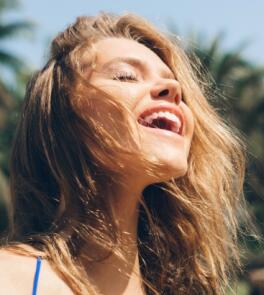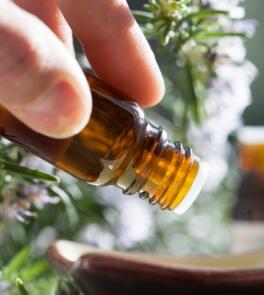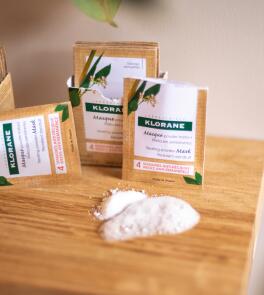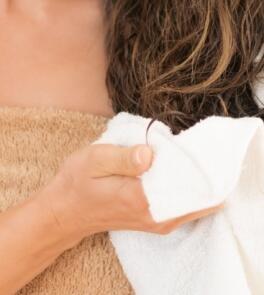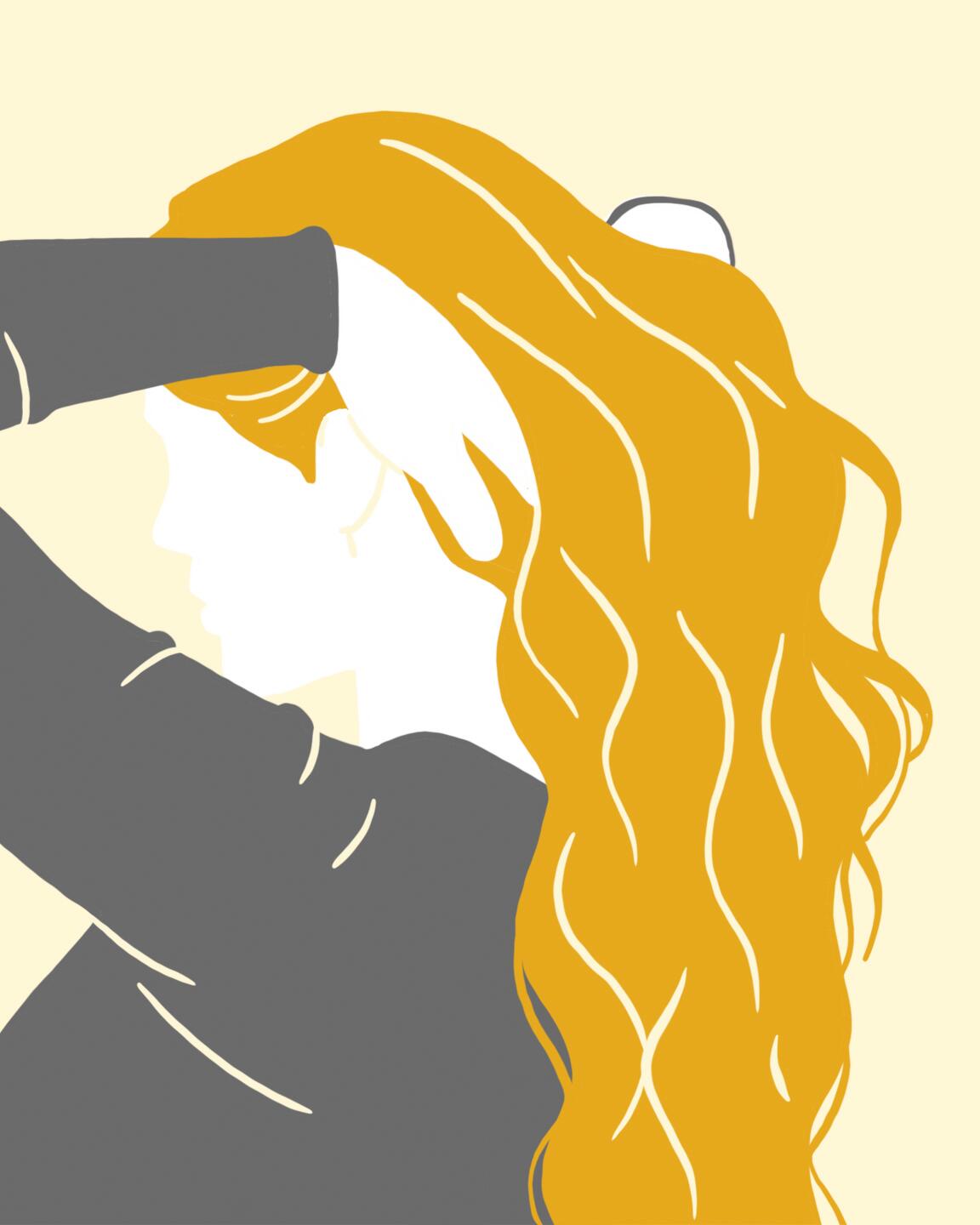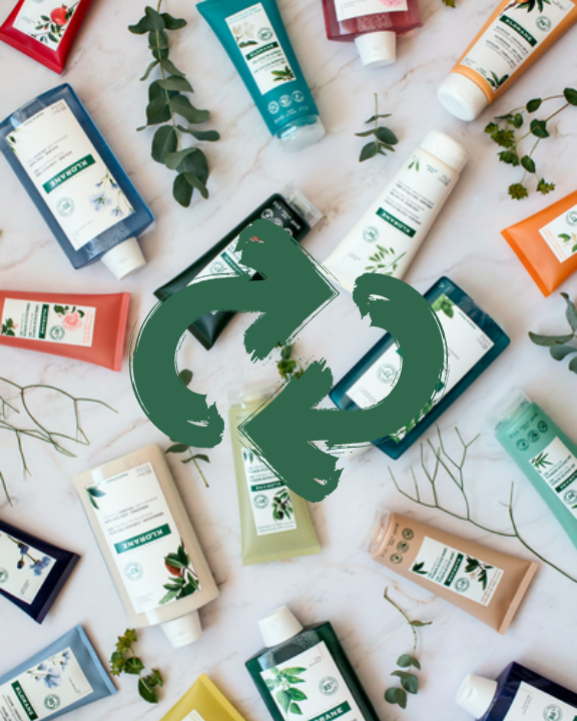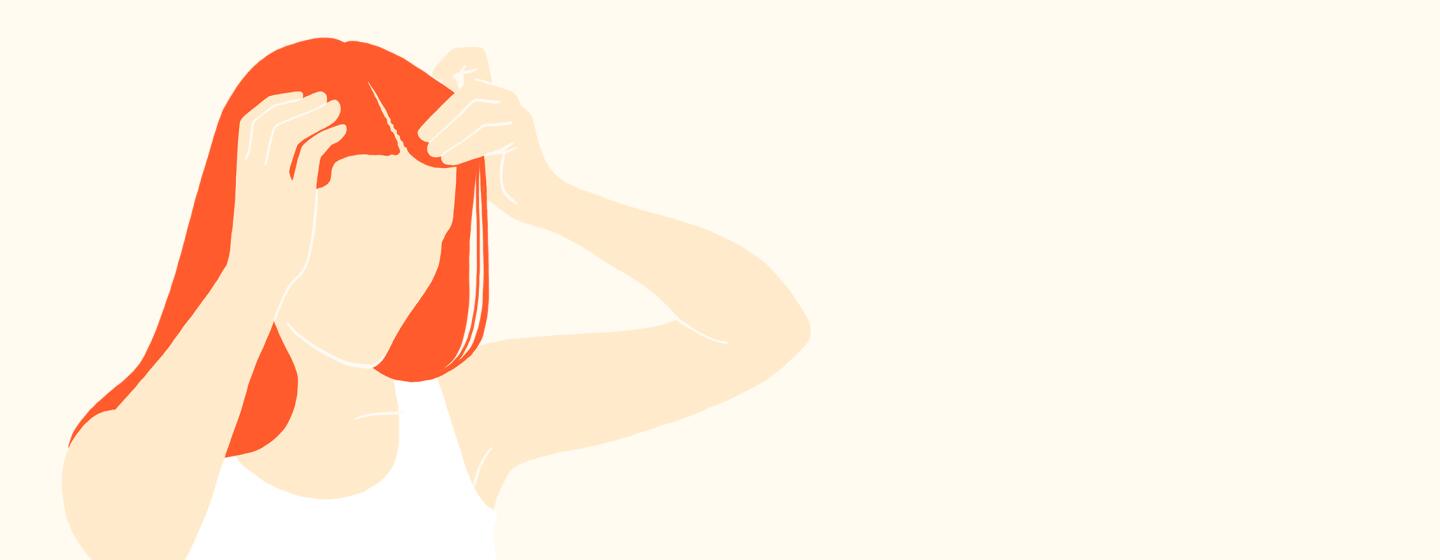
HAPPY SKIN & HAIR
No fear of dandruff!
Some tips for getting rid of dandruff!
Whether dry or greasy, on our shoulders or at our roots, dandruff can be a real problem... Produced after a disturbance in the normal cycle of cell renewal on the surface of our scalp, they come and go, wreaking havoc in their path. We want to get rid of them as soon as they appear. Good news for you: we have some tips on how to take them out!
Reframing your diet
Focus on a balanced diet to rebalance your microbiome! Focus on sources of vitamin A (eggs, dairy products) to slow down scalp flaking, vitamin E (oily fish, hazelnuts, almonds) to boost circulation, vitamin B6 (wholegrain cereals, salmon, bananas) for cleansing properties, and trace elements such as sulphur and selenium. Whether right on the plate or through a food supplement, the choice is up to you.
Let your hair breathe
Caps, hats and beanies can definitely finish a look. But they also unfortunately prevent your hair and scalp from breathing! A suffocated scalp is a terrain that can get out of control, facilitating the appearance of dandruff. The same applies to styling products such as gels, hairsprays or sprays. So, let's leave all of these things on the shelf while we get back on track.
Focus on essential oils
Certain essential oils can help your scalp to get back on track and put a stop to dandruff. Tea tree soothes and purifies, eucalyptus is a fierce anti-inflammatory, rosemary cineole is a hard-hitting antibacterial, and sage is an outstanding sebum regulator. You can mix them (not all at once!) with a vegetable oil for a fingertip massage, or add a few drops to your shampoo. But before you get to mixing like an expert chemist, be sure to ask a specialist for advice.
Choosing the right anti-dandruff shampoo
Start with a quick diagnosis to determine your dandruff type. Is your dandruff dry and white, falling away on its own; or is it greasy and yellowish, only coming off when you scratch or brush your hair? Choose your products accordingly! The treatment mask and the shampoo from our new range with galangal, an active ingredient 4x more effective than zinc pyrithione, is perfect for all types of dandruff!
Limiting the use of hair dryers
Your hair dryer can wait, trust us. Heat dries out and stresses the scalp, which increases its production of sebum in order to protect itself, thus encouraging the appearance of dandruff. Try to space out your blow-drying: let your hair air dry as much as possible, and if you really need to dry it with more than just a towel, move the appliance at least 30 cm away from your head and use cool air.
Did you know?
The use of an anti-dandruff shampoo, while very effective on the surface of the scalp and at the roots, tends to damage the lengths and ends of the hair. To counteract these effects, consider moisturising them with an oil, for example. Also, space your shampoos at least 2 to 3 days apart so as not to over-stimulate your scalp, which would cause even more dandruff to be produced!
Discover our products
- Discover Galangal, the cousin of ginger making dandruff a thing of the past
Galangal, the cousin of ginger making dandruff a thing of the past
A pillar of South Asian cuisine and Ayurvedic medicine, galangal is the youngest member of the family and deserves to be known!
- Discover " Chemist converted to ecology, I make depollution a resource
" Chemist converted to ecology, I make depollution a resource
By combining ecology and chemistry, Claude Grison has made the depolluting power of plants a catalyst for change in her sector
- Discover Cool blonde or golden blonde: how do I choose which one will suit me best?
Cool blonde or golden blonde: how do I choose which one will suit me best?
Natural pigmentation, skin tone, eye colour, age, amount of patience required, choosing a blonde is all about knowing yourself!
- Discover Chamomile, the soothing plant that naturally lightens our hair
Chamomile, the soothing plant that naturally lightens our hair
Cherished by our grandmothers and the Egyptians, this plant that we love to brew for herbal tea is full of benefits for our body and hair!
- Discover What's in Klorane’s new formulas?
What's in Klorane’s new formulas?
Is a new formula a replacement for a bad one? Not at all! We just figured out how to make it even better! We’ll spell everything out for you.
NEWSLETTER
Nature often has a solution…
All our tips for taking care of yourself with natural ingredients.



